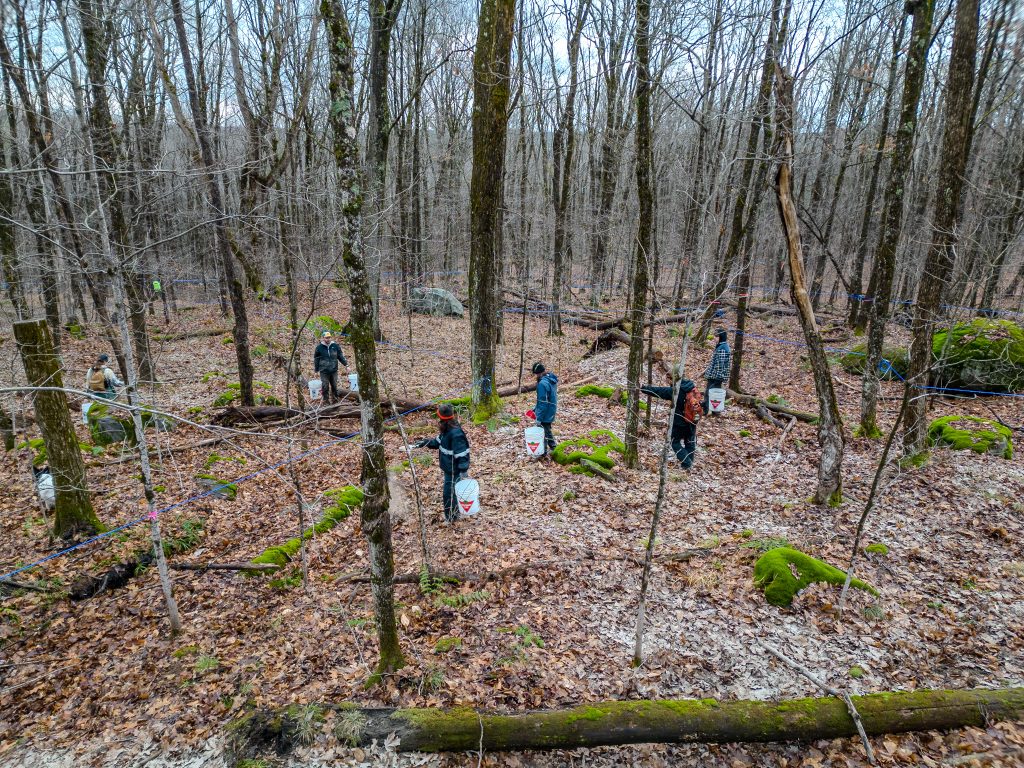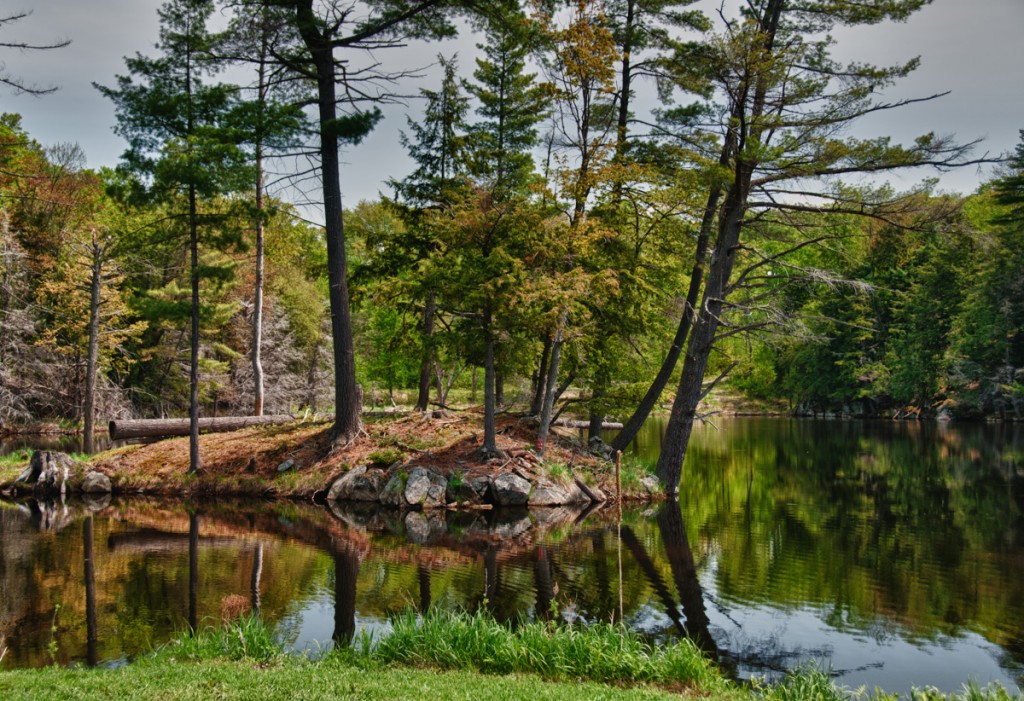If you’re interested in contributing to the Muskoka ecosystem but can’t attend a Muskoka Ash Drive (Friends of the Muskoka Watershed), spreading wood ash on your property can be a powerful way to support environmental health and sustainability. This guide will show you how to become a self-starter in replenishing the land and supporting local initiatives from the comfort of your own home.
Key Steps for Safe and Effective Wood Ash Spreading
- Ensure Ash is Cold and Dry: Before you start, make sure the wood ash has completely cooled for several days. This precaution is essential to prevent any fire hazards.
- Personal Safety Gear is a Must: Protect yourself by wearing gloves, long pants, and a mask. This safety gear will help you avoid any irritation or harm while spreading the ash.
- Source of Ash: Use ash from clean, untreated wood only. Avoid ash from pressure-treated lumber, plastics, or any wood that has been exposed to harmful chemicals. This step ensures that you’re contributing positively to the ecosystem without introducing pollutants.
- Proper Application: FOTMW has researched the optimal amount of ash for spreading: one 750 ml yogurt container per square meter of forest (or ~the area around one tree). This specific ratio helps to counteract the effects of acid rain by replenishing calcium levels in the soil.
- When and Where to Spread Ash: It’s advisable to spread wood ash once to combat 50 years of calcium depletion – that’s all it takes to completely restore calcium to pre-1960s levels. Choose areas away from frequent human and pet traffic, and ensure you’re not near water bodies to prevent ash runoff.
- Community Engagement: After contributing to this environmental effort, share your actions with FOTMW. Whether it’s through social media or direct communication, your participation highlights the collective effort to restore Muskoka’s natural beauty. And don’t just stop collecting ash once your property has been restored! Please consider donating to a Muskoka Ash Drive held by Friends of the Muskoka Watershed. The dates for the rest of the year are below:
Saturday, April 20, 2024
Saturday, September 21, 2024
Saturday, October 19, 2024
Saturday November 16, 2024
Muskoka Ash Drives are held from 9:30am to 1pm at 1062 Rosewarne Drive (Rosewarne Transfer Station) in Bracebridge, Ontario.
Benefits for Muskoka’s Ecosystem and Real Estate
By adopting these practices, you’re playing a critical role in fostering a healthier Muskoka ecosystem. The benefits extend beyond forest revitalization; they contribute to mitigating climate change impacts, reducing the risk of seasonal flooding, and enhancing conditions for local wildlife and aquatic life. This initiative reflects the broader community values of environmental stewardship, a principle highly regarded by prospective cottage buyers in Muskoka.
The FOTMW initiative is not just about individual contributions; it’s about mobilizing the community towards a common goal of ecological restoration. By participating, you’re investing in Muskoka’s future, making it an even more attractive location for real estate investments, especially for those who value sustainability and environmental responsibility.
Becoming a self-spreader of wood ash is a simple yet impactful way to contribute to Muskoka’s environmental health. By following these guidelines, you’re taking an active role in a community-wide effort to restore and preserve the natural beauty and ecological balance of Muskoka, enhancing its appeal as a premier destination for eco-conscious real estate investors.












